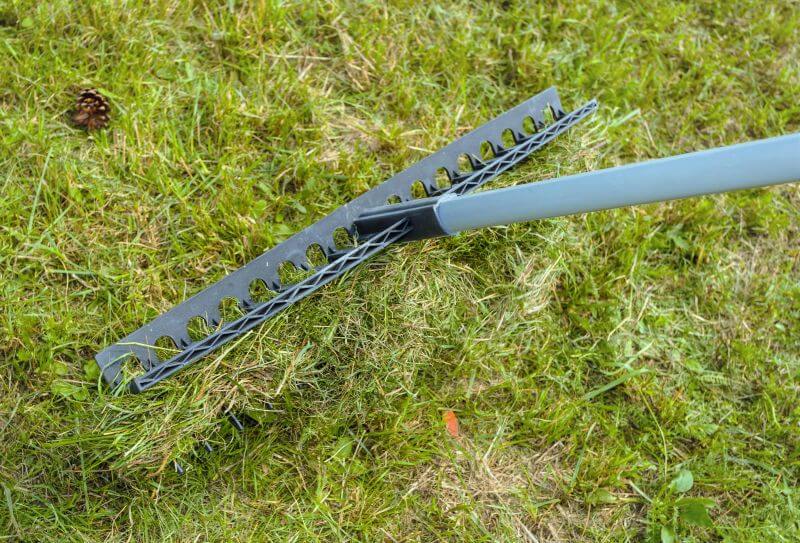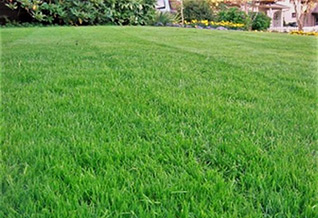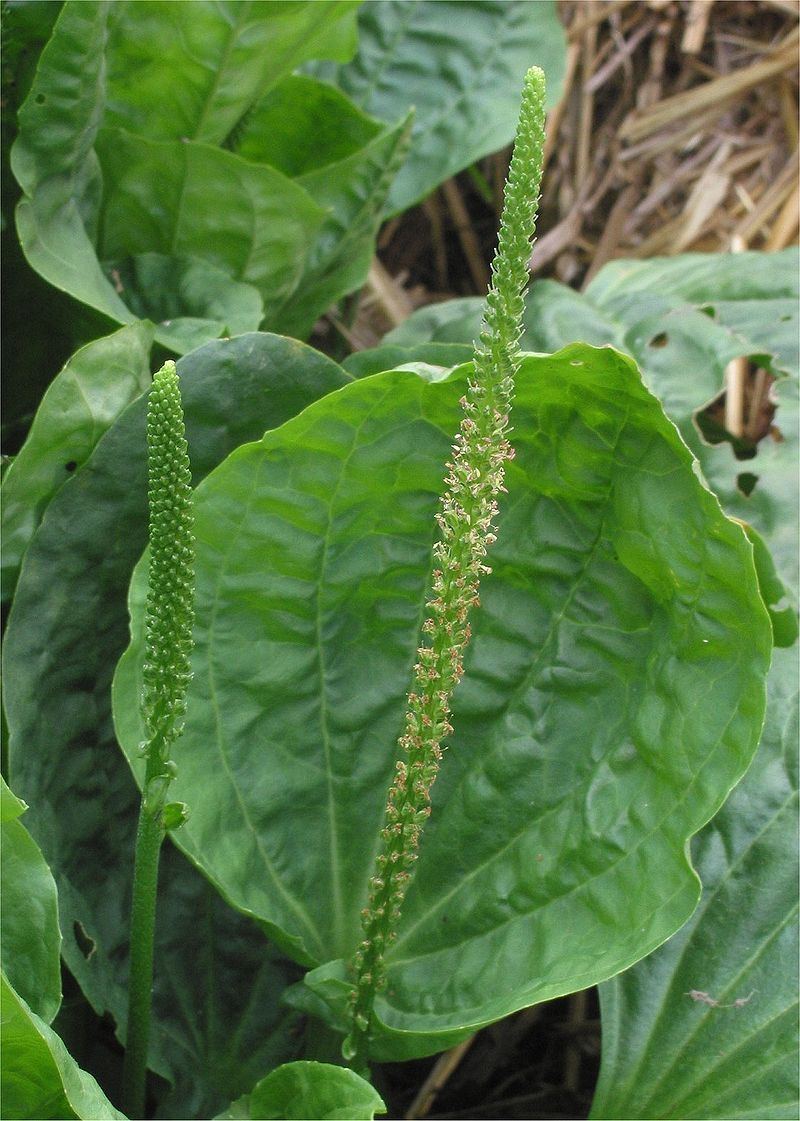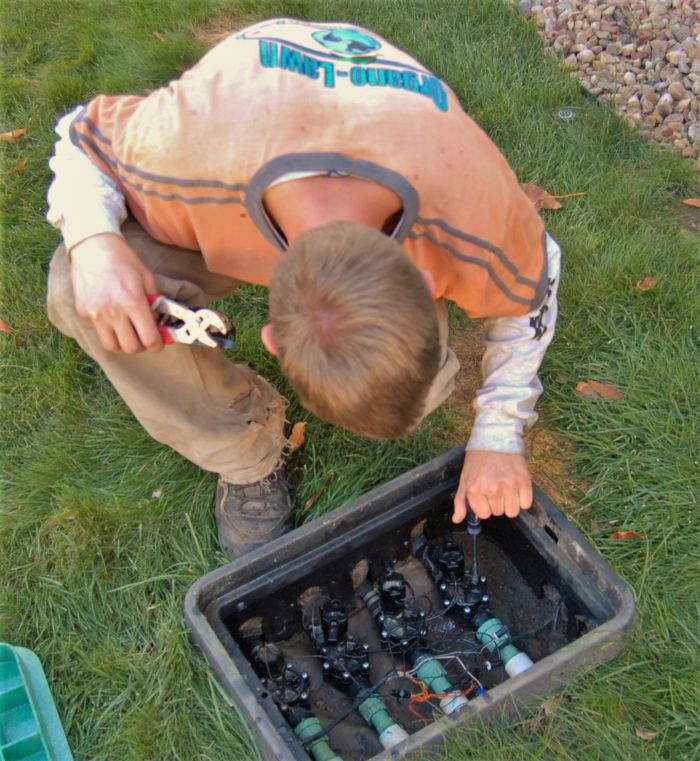The Causes of Snow Mold
During the winter if your lawn has extended periods of snow coverage it might develop a mold in between the layer of snow and the lawn. This is aptly named Snow Mold. There are two types of snow mold, pink and gray. Gray mold is the most common type of snow mold in Colorado. Gray Snow Mold is also called Typhula blight, and is active in lawns when temperatures are just above freezing. The snow mold will appear in circular patches and can be seen immediately after the snow melts. After the snow melts, there will be a noticeable blotchy cotton-type webbing that is resting on top of the grass, this is snow mold. The mold will die shortly after it is exposed to warmer temperatures and sunlight. The snow mold does not damage the lawn, but if the snow mold is left to sit on top of the grass it will block the sunlight from reaching the grass blades. This will prevent the grass from producing chlorophyll. Unfortunately, the damage to the lawn does not appear until a few months later when parts of the lawn are not greening-up properly.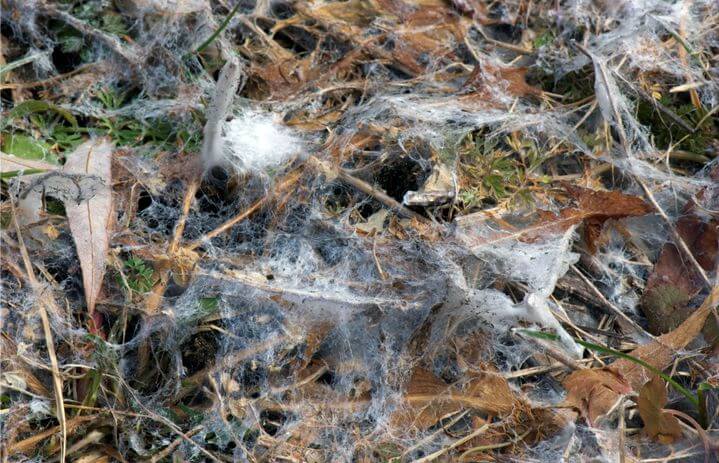
Is There a Product to Kill Snow Mold?
Gray snow mold activity will stop when the surface dries out or the temperature is over 45° F. So, there is no product that needs to be put on the lawn. The organic fertilizer that we use in the fall to winterize the lawn will not encourage snow mold growth. Fall fertilization will actually promote healing and recovery in the lawn if it becomes plagued with snow mold. The symptoms of snow mold appear later in the season after the snow mold is no longer active. Most individuals will notice the snow mold damage as circular, straw colored patches of grass that are surrounded by green grass. The damaged areas often have a matted appearance.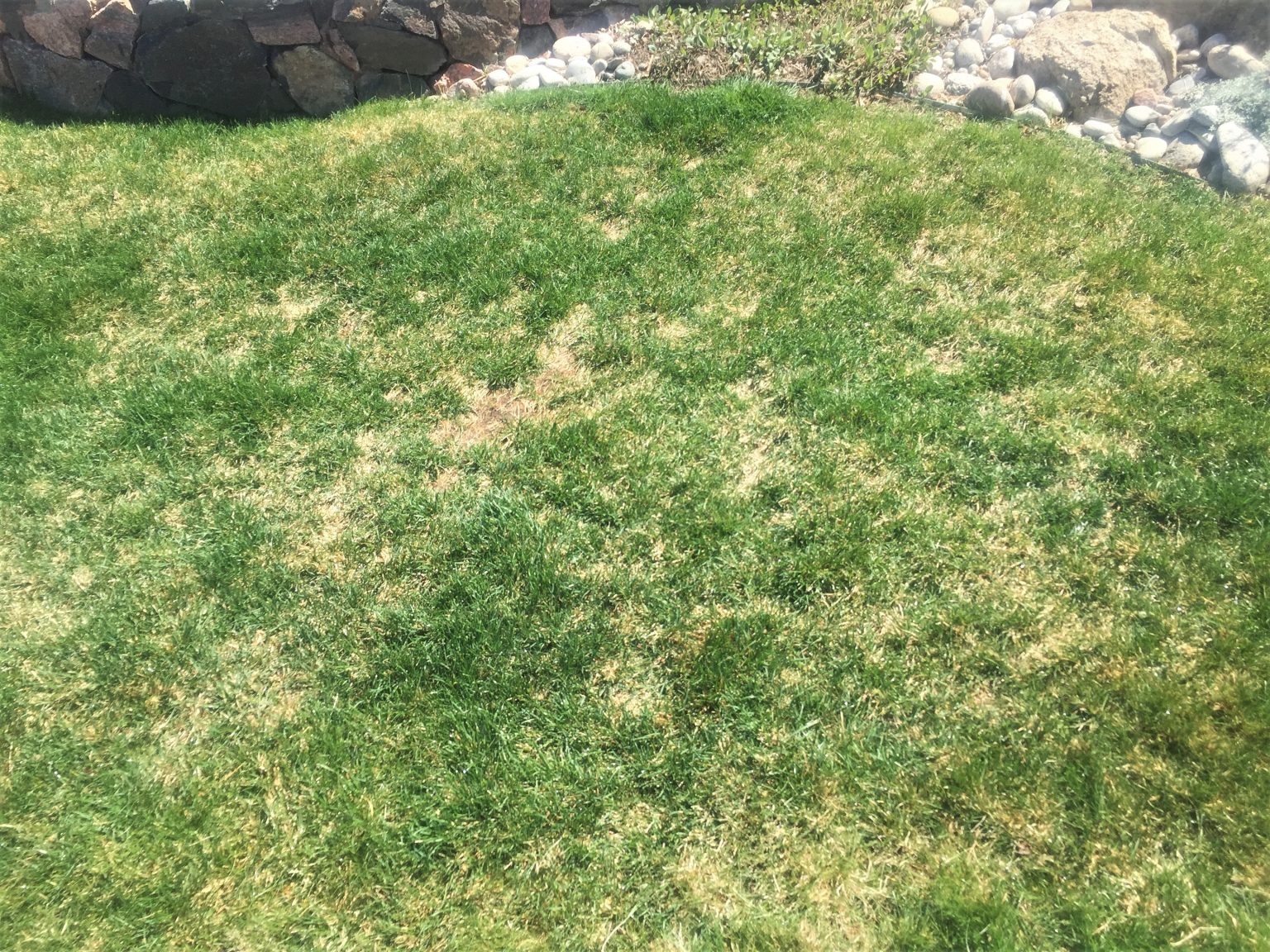
Can I Prevent Snow Mold Damage to My Lawn?
If you see snow mold on the lawn it’s suggested that you gently rake those areas with a leaf rake. The raking will break the mold up enough so light is able to reach the grass underneath allowing it to green up normally. There can be severe cases of snow mold that cover a major portion of the lawn, this can cause lasting damage. This only happens if the snow mold is not raked to break it up or remove it. If the snow mold is left on the lawn for too long then the grass can die. In severe cases where permanent damage does occur, a top seeding package may be required to repair the damaged lawn. It’s most common to see damage on the north side lawn. Those areas are less likely to get direct sunlight so the snow tends to hang around in those lawns the longest.